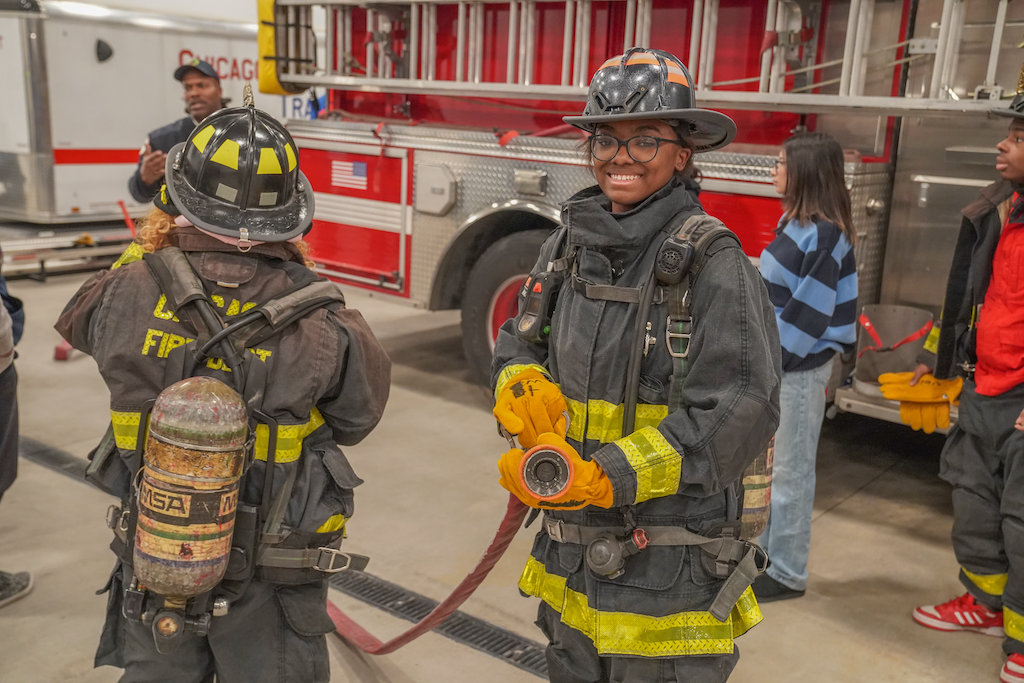
GCI Releases New Youth Jobless Report
As part of its continued commitment to providing the latest available research and data on the youth employment situation in Chicago, Cook County, and Illinois, Great Cities Institute just released a new data brief, “Uneven Recovery and Sustained Inequality after the COVID-19 Recession: Employment for Chicago’s Youth and Young Adults.” This data brief, commissioned by the Alternative Schools Network, examines youth employment recovery after the COVID-19 recession. The brief examines jobless rates (the percentage of individuals who were unemployed and individuals not in the labor force) and out-of-school-and-jobless rates for 16-to-19-year-olds and 20-to-24-year-olds in Chicago, Illinois, and the U.S. by race/ethnicity and sex; and explores spatial concentrations within areas of Cook County to spatial inequalities.
The main findings of the research include:
Chicago’s joblessness rates were significantly higher than those in Illinois and the U.S. in 2022.
-
-
- White jobless rate in Chicago of 76.2% being 16.3 percentage points higher than in the U.S.,
- Black jobless rate of 86.4% being 16.3 percentage points higher than in the U.S., and the
- Hispanic or Latino jobless rate of 72.9% being 5.7 percentage points higher than in the U.S.
-
Jobless rates for Black 20- to 24-year-olds in Chicago had a substantial decrease from 2021 to 2022 decreasing from 57.4% to 40.4%.
-
-
- There was a 17.4 percentage point decrease in the jobless rate between 2021 to 2022 for Black 20- to 24-year-olds in Chicago, decreasing from 57.4% to 40.4%.
-
There were 11,559 out-of-school and jobless 16- to 19-year-olds in Chicago in 2022.
-
-
- This figure is only slightly less than during the 2020 peak due to the pandemic-induced recession when the figure was 12,342.
- The out-of-school and jobless rate for Black 16- to 19-year-olds in Chicago increased from 9.4% to 17.5% from 2021 to 2022 while the number more than doubled from 3,197 to 6,527.
-
There were 33,759 out-of-school and jobless 20- to 24-year-olds in Chicago in 2022.
-
-
- This figure is about 7,000 lower than in 2020 when the number peaked due to the pandemic-induced recession.
- However, while the out-of-school and jobless rate decreased for Black 20- to 24-year-olds in Chicago by 9.6 percentage points between 2021 and 2022, large gaps remain between racial/ethnic groups.
-
Substantial inequalities exist in jobless and out-of-school rates in Cook County for 20- to 24-year-olds in 2022, ranging from 1.5 to 48.3%.
-
-
- The PUMA including Austin, North Lawndale, East Garfield Park, and West Garfield Park had the highest out-of-school and jobless rate for 20- to 24-year-olds in Cook County of 48.3% and the PUMA including Chicago Lawn, West Englewood, East Englewood, and Greater Grand Crossing had a similar rate of 43.8%.
-
The data brief underscores the persistent inequalities in employment recovery post-COVID-19 among Chicago’s youth. Black and Latino youth face particularly high joblessness and out-of-school-and-jobless rates, highlighting the need for targeted interventions to promote equitable employment opportunities. Summer youth employment programs have proven to reduce crime, enhance job readiness, and foster a sense of community. By implementing targeted programs and investing in youth development, Chicago can foster a more equitable future, ensuring that all young people have the opportunity to thrive and succeed in the post-pandemic economy.



